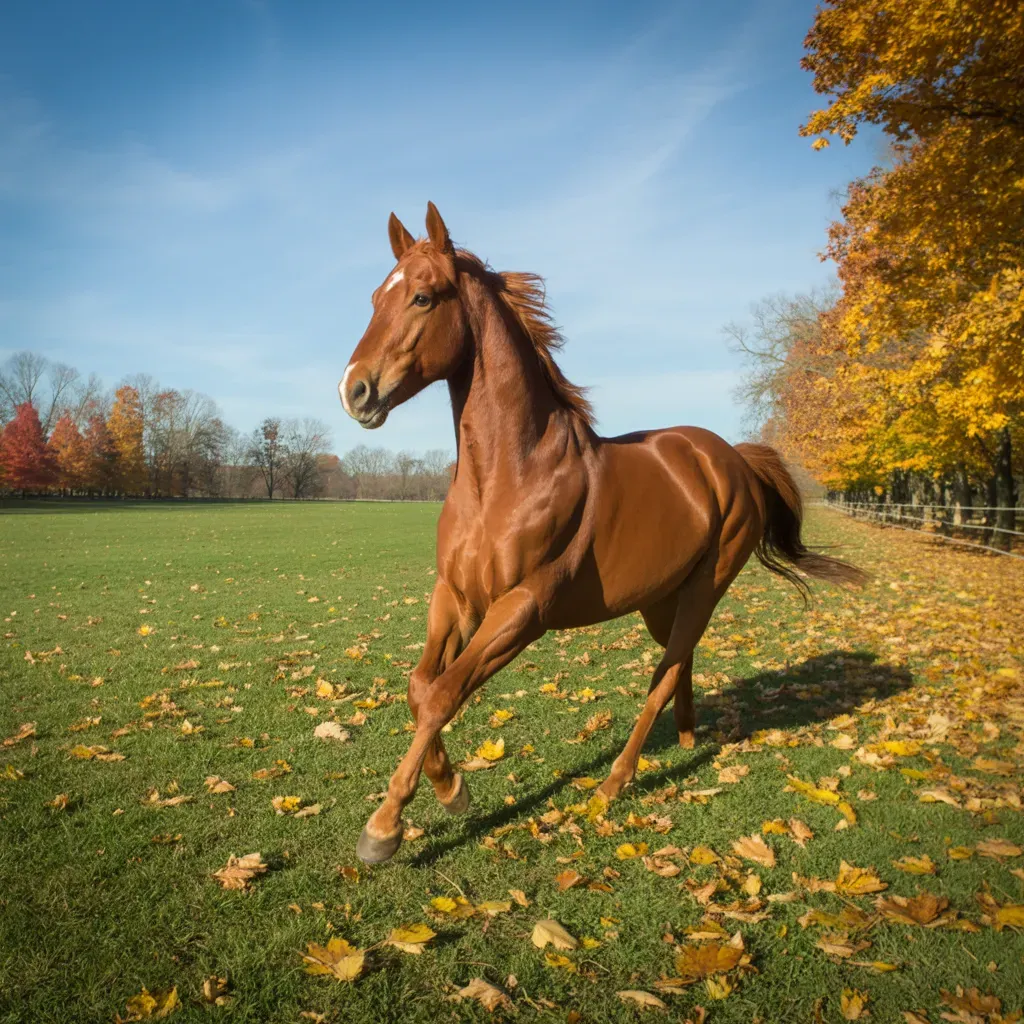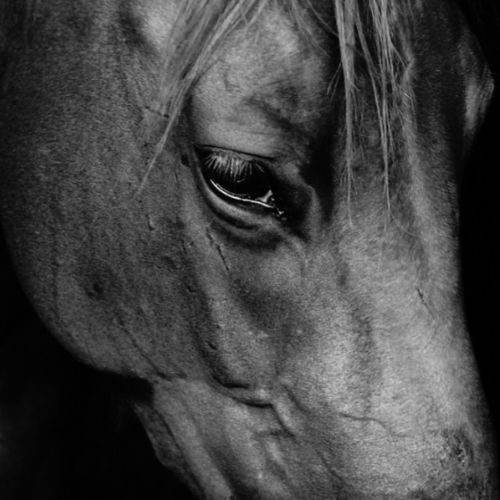The Microbiome / Environmental Pollutants / Obesity connection
This is a subtitle for your new post
We already know that exposure to toxins, including environmental chemicals, damages the gut microbiota composition. However, there's now growing evidence that this can also trigger obesity as a result.
If there's dysbiosis in the hindgut biome, we now know this affects the production of the vital metabolites needed for biotransformation, i.e. the process by which a substance changes from one chemical to another (transformed) by a chemical reaction within the body. The terms metabolising or metabolic transformations are also frequently used for this vital biotransformation process. So, in short, hindgut dysbiosis affects the critical role of chemical metabolism.
Reminder - why are metabolites vital? FIrst up, they're fermentation by-products produced in the hindgut by the beneficial fibre-fermenting gut microbes; they're also known as postbiotics. But before you get science-brain-freeze, don’t panic – we already know these postbiotics. Their official term is 'bioactive compounds', but we know them better as short-chain fatty acids – proprionate, butyrate and acetate, the very source of the horse’s energy.
Other vital postbiotics produced by the hindgut biome are certain amino acids and vitamins, particularly two vital B-vits in a specific ‘activated’ form that the equine gut recognises - B12 as methylcobalamin and B6 as pyridoxal-5-phosphate, aka P5P - P5P is absolutely vital for the liver’s natural biotranformation detoxification role; without it, a horse will slide into a now widespread multi-metabolic detoxification disorder known as Cryptopyrroluria, aka KPU, which is a whole other story, although still very much connected. KPU is known as "the disease with a thousand faces" as there’s such a wide range of symptoms, including liver/kidney issues; it's also thought that KPU is at the root of Mallenders/Sallenders.
Back to these metabolites/postbiotics, and collectively, amongst others, they provide system-wide nutritional, metabolic, immunomodulatory, anti-inflammatory and antioxidant properties. In other words, they're fabulously beneficial and seriously important.
Provided we feed our horse with what they’re meant to eat, those friendly hindgut fibre-fermenting microbes will not only look after the host, but create a whole extra range of beneficial metabolites/postbiotics. But - as above, exposure to toxins/environmental chemicals will damage the gut microbiota composition, and there's now growing evidence that this can also trigger obesity as a result.
If you cast your mind back to the year 2000, this is when vets started recognising EMS as a syndrome, with the slow recognition that chemical pollutants (herbicides, pesticides, antibiotics) linked to obesity in mammals slowly appearing over the next 5-years and onwards.
Come 2006 and certain environmental pollutants were now named as ‘’obesogens’’, compounds that disrupted and interfered with the body’s homeostatic control of fat storage and energy pathways, the endocrine system being the first target. Cut to today and it's no secret that we're seeing a significant rise in endocrine dysregulation in horses, affecting both young and older horses alike.
With the last decade being very microbiome-focused in human health, current focus from the worlds environmental, toxicological and pharmaceutical scientists is now on how biodiversity of the gut bacteria protects against environmental pollutants. And there's good news on the equine front - we're now slowly seeing early research being published on the equine gut microbiome.
Analysis of wild horse biomes are finding that they contain certain gut bacteria that eat up chemical pollutants and convert them to harmless substances. Apparently these bacteria are present in a small percentage of domesticated horses as well, but sadly not in the majority. So, perhaps we need to urgently re-wild our horses' microbiomes to offer protection against chronic endocrine dysregulation, and no surprise, it all starts with getting feed right.
- Forage diversity is key! I know I bang on about this all over the website but as the gut biome's ecosystem loses its diversity, this opens the door for emerging pathogen bacteria to translocate into the host. So, we need to increase the complexity of our horses' diets with as many varieties of herbs, wild plants, shrubs, berries, barks and trees as possible, and if it's tricky to do it naturally, see our WildFed/WildVits supplements.
- Hedgerow foraging - Hedgerows are often the last bastion for many wild plant species, providing a wide range of equine-appropriate vitamins, minerals and phytonutrients.
- If you can, fence off a small area and start to grow your own biodiverse ecosystem. I know, easier said than done for some, but planting a wild rose (rosa canina), hawthorn (crataegus) and willow (salix alba) in field corners, with maybe a few herbs like comfrey, chamomile, calendulas, chickweed, cleavers, meadowsweet, is a great start.
- Give your horse a mineral-balancer break for a week or two, a couple of times a year. It's now thought that horses may be struggling with a modern gut-version of eutrophication, as in the overgrowth of some bacteria species due to the over-provision of mineral nutrients.
Pathogen bacteria have their place within the biome but as always, it's all about balance - the bad guys need to be controlled by the benenficial police-force bacteria that protect the host, which is why toxic exposure is so detrimental.
NB - Apologies; while I was researching this information I've managed to mislay the source pages somewhere deep in my document folders. If/when I find them I'll update this section accordingly.










